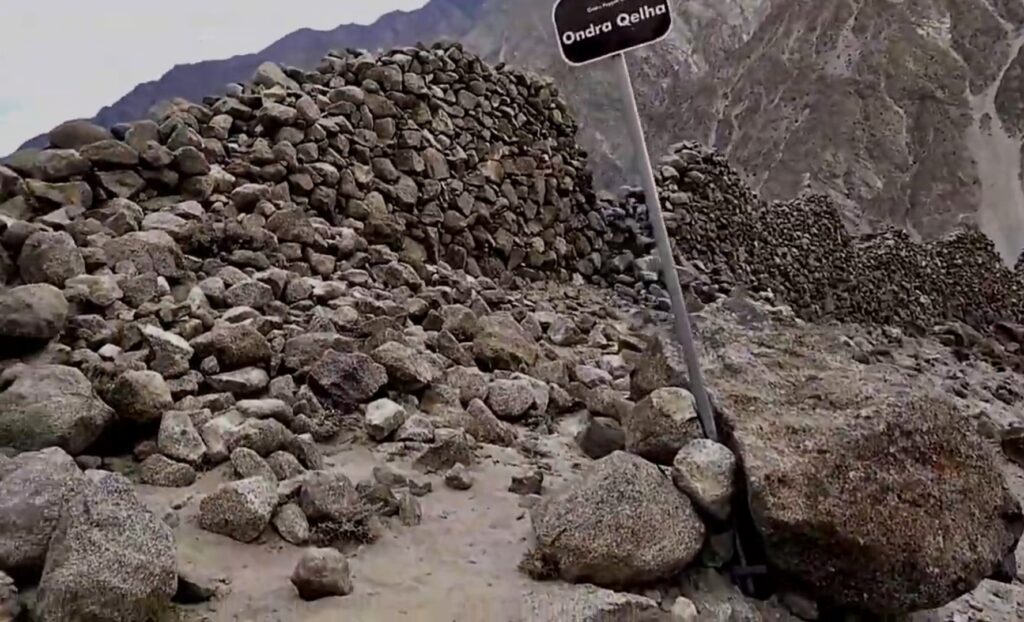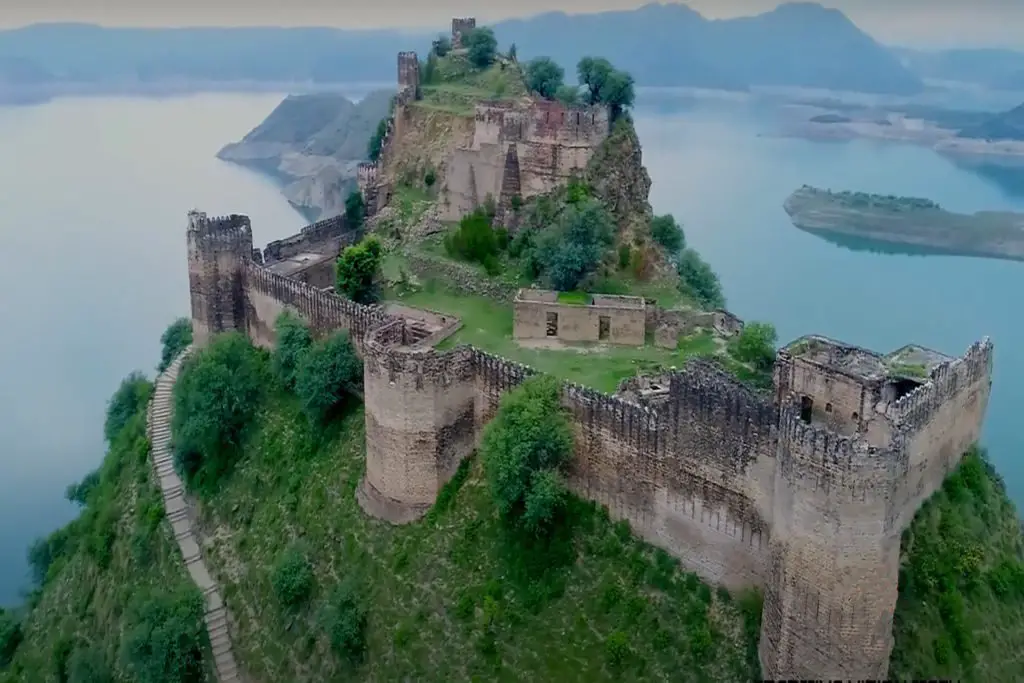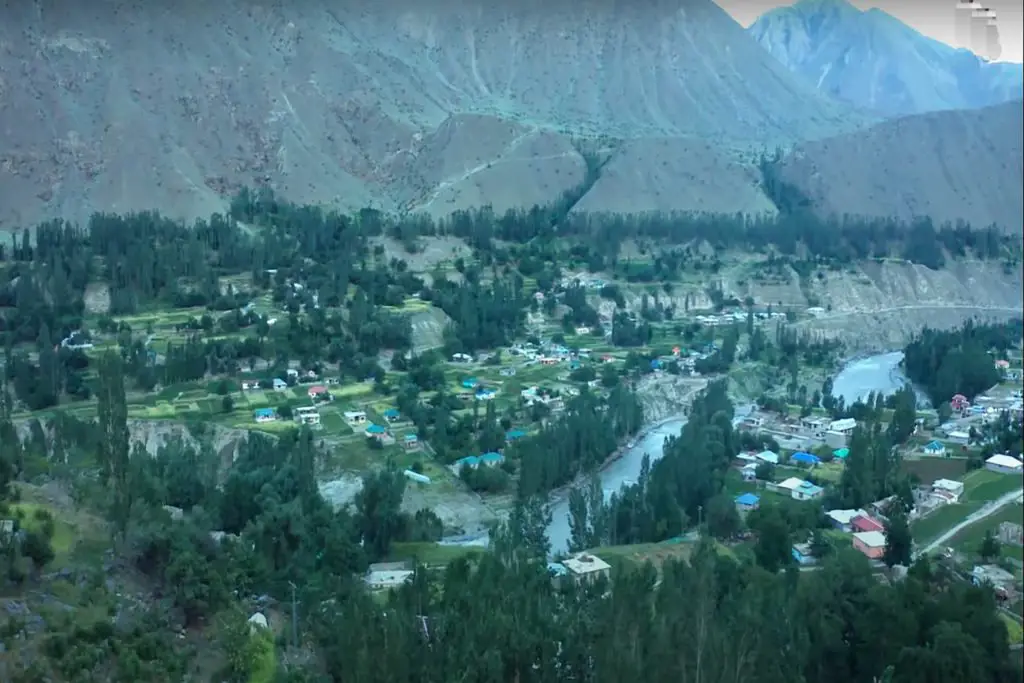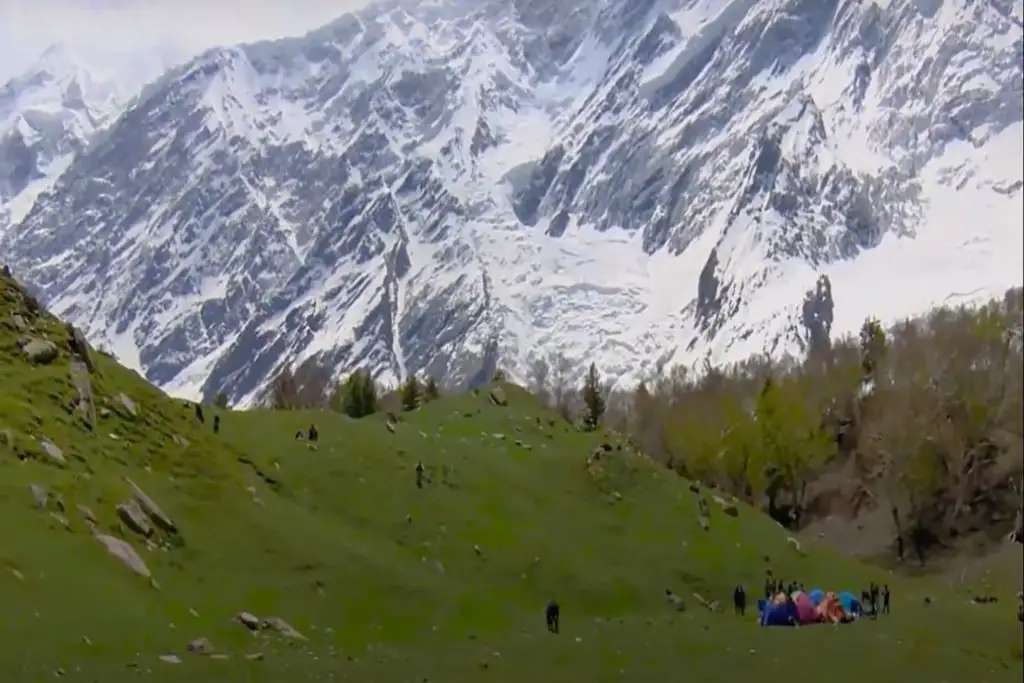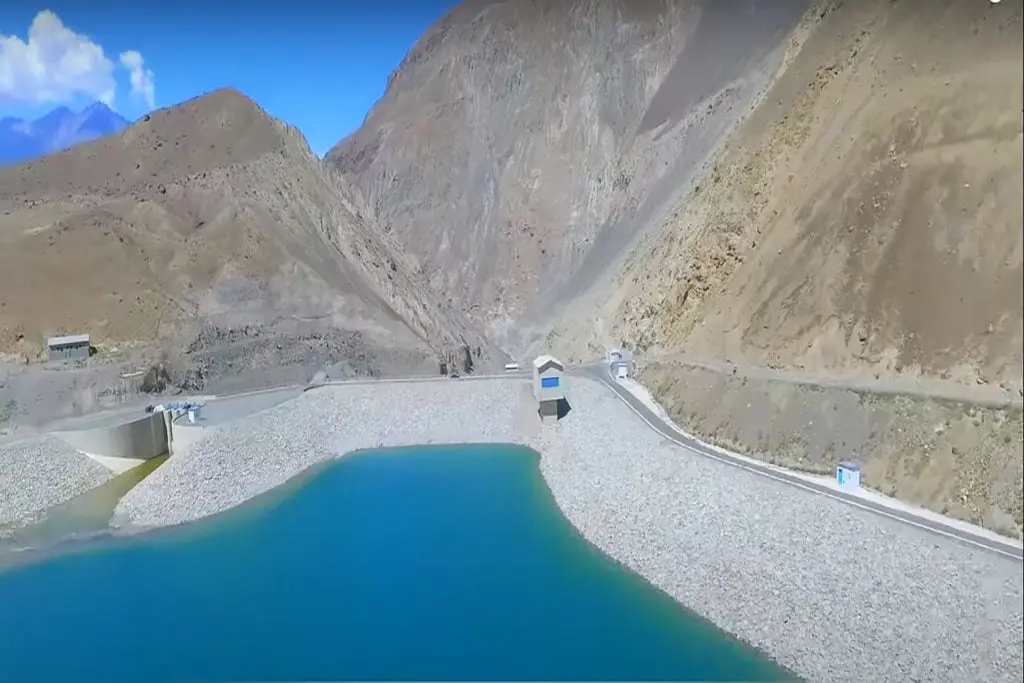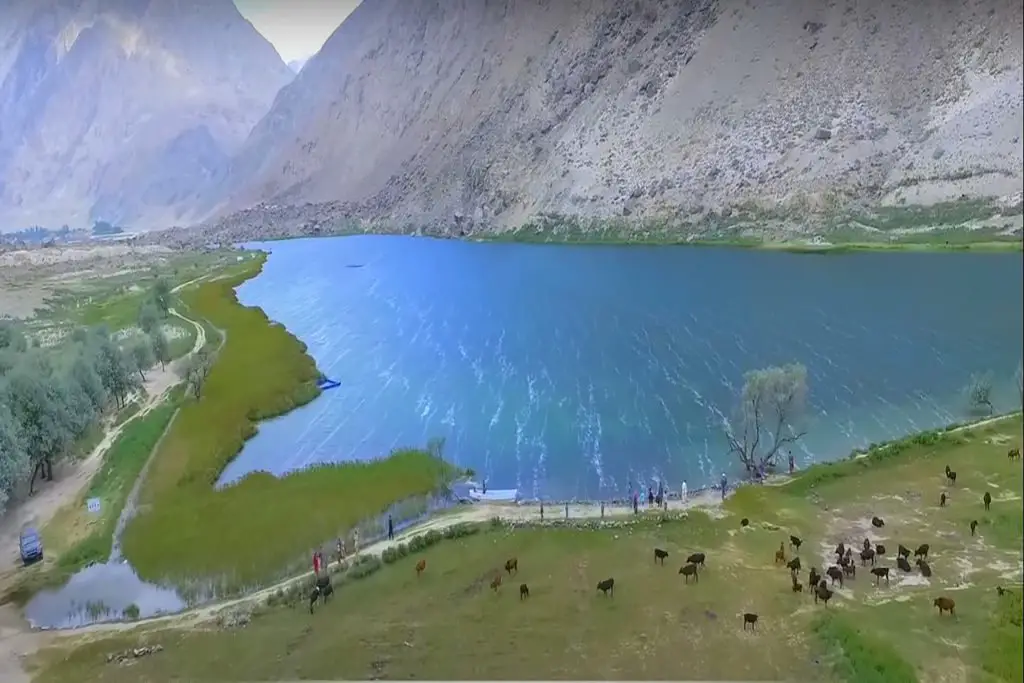The Ondra Fort is a historic fort located in the village of Gulmit in the Hunza Valley of Gilgit-Baltistan, Pakistan. Ondra Fort Gulmit dates back to the 16th century and is one of the oldest and most well-preserved fortresses in the region.
Ondra Fort Gulmit Location
Located just a 25-minute hike away from Gulmit, the Ondra Fort is a captivating attraction in Hunza. Its close proximity to Gulmit makes it easily accessible for tourists looking to explore the region.
Visiting the Ondra Fort offers a unique experience and stunning views of the surrounding area. To enhance your adventure, you can continue your journey from the fort and walk across the Ghulkin Glacier, also known as the Black Ice Mass, to reach Borith Lake. This additional three-hour trip, including a 25-minute hike, allows you to immerse yourself in the natural beauty of the region and discover more of what Hunza has to offer.
Both Ondra Fort and Borith Lake are considered must-visit places in Hunza Valley. Ondra Fort offers historical and archaeological significance, while Borith Lake provides a picturesque setting surrounded by breathtaking mountains and tranquil waters. Including these destinations in your tour of Hunza will ensure a memorable and enriching experience.
Exploring the Ondra Fort, walking across the Ghulkin Glacier, and reaching Borith Lake will allow you to witness the beauty of nature and the cultural heritage of the region. Make sure to allocate sufficient time to fully appreciate these remarkable sites and add them to your list of the best places to visit in Hunza Valley.
Ondra Fort History
The fort atop Gulmit was constructed by Mir Kutlugh, a Kyrgyz King in Gojal, as a defensive stronghold to protect the region. However, a tragic fate befell Mir Kutlugh and his entire family as they were poisoned to death, marking the end of their rule.
During the colonial era, both the Russian and British armies made attempts to occupy the Hunza state in Pakistan, recognizing its strategic importance. However, these attempts were unsuccessful, as the people of Hunza fiercely defended their land and maintained their independence.
The protection site on the hill in Gulmit played a significant role during times of conflict. When the Nagar State Army attacked Gulmit, the village was fortified with walls and had two gates for entry, serving as defensive measures to safeguard the inhabitants.
Subsequently, the Ayashu Kingdom emerged and took control over the region, marking a shift in the ruling power dynamics. The historical context of these events highlights the rich and complex history of the region and the resilience of the local people in defending their homeland.
The strategic importance of Hunza has been recognized throughout history, given its location and natural defenses. The region’s position in the mountainous terrain provides advantages for both defense and trade, making it a valuable area of interest for various powers throughout the years.

The Ondra Fort was built by the Mir of Hunza to defend the region against invading forces. The fort is situated on a hilltop and offers panoramic views of the surrounding mountains and valleys. The fort is made of local stone and mud and is a prime example of the traditional architecture of the region.
The fort has several rooms and corridors that were used for various purposes, including storage, sleeping quarters, and defense. The fort also has a watchtower that was used to keep an eye on the surrounding area and warn the villagers of any approaching danger.
The Ondra Fort has played an important role in the history of the region. It was once the residence of the Mir of Hunza and was used as a stronghold during battles against invading forces. The fort was also a center of trade and commerce during the heyday of the Silk Road.
Today, the Ondra Fort is a popular tourist attraction in Gulmit. Visitors can explore the fort and learn about the history and culture of the region. The fort is also a great place to take in the stunning views of the surrounding mountains and valleys.
Ondra Poygah Gulmit

Ondra Poygah, an initiative of the Gulmit community in the Upper Hunza valley, is a remarkable project that showcases the community’s active role in promoting tourism and preserving the historical heritage of the region. Built within a record time of 60 days during the winter of 2020/2021, Ondra Poygah is Pakistan’s longest and highest stairway, stretching approximately four kilometers in length and rising to an elevation of 1560 meters.
The name “Ondra” refers to an ancient fort, while “Poygah” in the local Wakhi language means “stair.” The trail of Ondra Poygah starts at the historical Gulmit Polo ground and leads to the site of the ancient Ondra fort. Constructed by the locals using mud and stones, the stairway consists of 1655 steps, serving as a testament to the community’s self-determination and dedication.
The hike along the Ondra Poygah trail offers breathtaking views of Gulmit village, with a panoramic 369-degree perspective. From the vantage point of the Ondra fort, visitors can spot prominent landmarks such as Attabad Lake, Passu Cones, Shisper Peak, and Gulmit Tower. Depending on the season, the trail offers different natural delights. In spring, the cherry blossoms add pops of pink and white along the path, while autumn treats hikers to vibrant displays of red, orange, yellow, and brown as the leaves change colors.
Ondra Poygah represents a unique and pioneering project that combines eco-tourism and adventure tourism while also highlighting the historical and archaeological heritage of the Upper Hunza region. It serves as a symbol of community unity, showcasing the efforts of the local residents to enhance tourism opportunities and preserve their cultural and historical legacy.
Climbing the Ondra Poygah stairway requires physical exertion and endurance. The ascent of more than 1600 steps can be a challenging yet rewarding experience. Once at the top, visitors are rewarded with a 360-degree view of Attabad Lake, Gulmit village, Passu Cones, Shisper Peak, Ghulkin village, and the Ghulkin Glacier.
Hunza, with its breathtaking views and mesmerizing beauty, has long been recognized as one of the most attractive tourist destinations in Pakistan throughout all seasons. The Ondra Poygah project adds another layer of allure to the region, inviting travelers to explore the historical fort, immerse themselves in the natural wonders, and appreciate the community’s dedication to sustainable tourism development and cultural preservation.

In addition to the fort itself, visitors can also explore the surrounding village of Gulmit. The village is home to several handicraft shops where visitors can buy locally-made crafts and souvenirs. The village is also a great place to interact with the warm and hospitable locals and learn about their culture and traditions.
In conclusion, the Ondra Fort is a must-visit destination for anyone who wants to experience the rich history and culture of the Hunza Valley. The fort is a testament to the ingenuity and resilience of the people who built it and is a source of pride for the people of the region.

